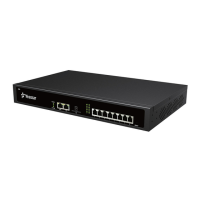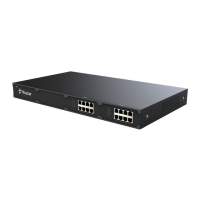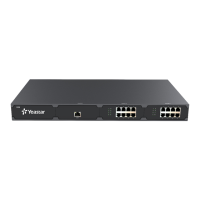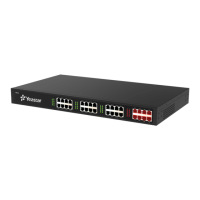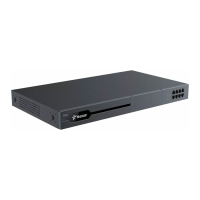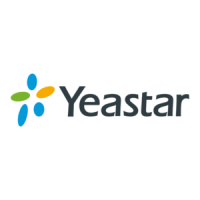S-Series IP PBX Administrator Guide
38
Specify whether this interface will act like the user or the network.
The default is User.
Configure the switch type according to the direction provided by
your service provider.
2) Advanced Settings
Table 5-6 BRI Trunk Configuration Parameters – Advanced
This option enables or disables echo cancellation. The
default is checked.
Choose the codec for this trunk.
Facility-based ISDN Supplementary
Services
Decide whether to enable transmission of facility-based
ISDN supplementary services (such as caller name from
CPE over facility) or not. The default is checked.
Define whether the system can dial this switch using
overlap digits or not. If you need Direct Dial-in, then
enable this option. The default is unchecked.
This sets the time in seconds between restart of unused B
channels. Set the internal to Never if you don't like the
channel to restarts. The default is Never.
Tells how PBX should indicate busy and congestion to
the switch/user. The options are:
Inband: PBX plays indication tones without
answering; not available on all PRI/BRI subscription
lines;
Out-of-Band: PBX disconnects with busy/congestion
information code so the switch will play the indication
tones to the caller.
The default is Out-of-Band.
Dialed Number Identification Service is a telephone
service that enables a company to identify which
telephone number was dialed. Users could configure
DNIS to allow the IP phones to display which trunk is
passing the call.
A name for this DNIS, when a call reaches the selected
trunk, the name will be displayed on the ringing phone.
This number is used to identify which line of the trunk is
passing the call.
Whether to hide caller ID or not.
Calling Party Numbering Plan
Select the Calling Party Numbering Plan.
Calling Party Numbering Type
Select the Calling Party Numbering Type.
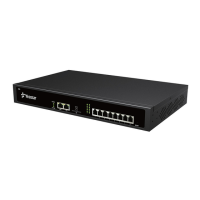
